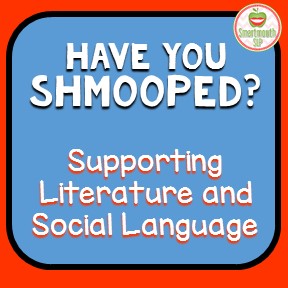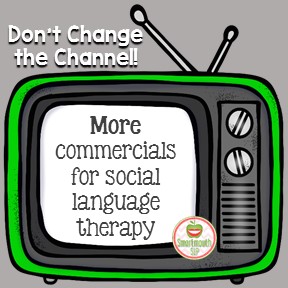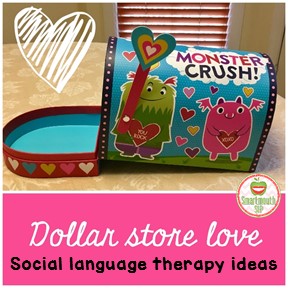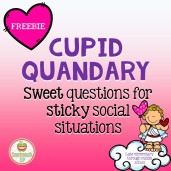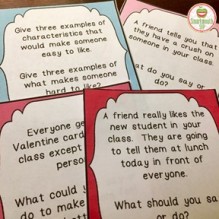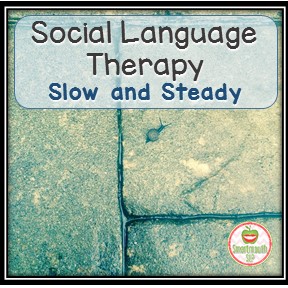
I happened to see this little snail moving along at its own pace, determined to get wherever it was going and not following a straight path. It’s a fair representation of social language therapy from my experience. Social language development isn’t like any other developmental acquisition timeline, such as language, articulation or gross motor skills. It doesn’t scaffold skills vertically like other areas of communication, one building upon another, leading to proficiency. I think that is part of the reason that it’s so difficult for parents, teachers and therapists to get a handle on what social language therapy is (and isn’t).
The students that I work with often have several preliminary diagnosis before they are identified as having a social language disorder (usually adhd, anxiety, or language delay). These diagnosis can and often do exist right along with social language deficits. Some of my students also have a diagnosis of Autism Spectrum Disorder, most often at the high end of the spectrum. They tend to be identified later for social language intervention, as typically their academic grades are fantastic. It is when behaviors start to occur that make these students stand out from their peers, that a referral is urgently made. When I test these students (some as early as K-1, others not until high school), I find it’s really important to provide some good background knowledge on what social language skills are, and what the goal of therapy is for this student, to the family and the team working with them. I love this visual of Social Thinking’s ® Social Learning Tree to help me explain the scope and sequence of social learning visually. So many families will say their goal for therapy is that they want their child to have friends, but there are so many prerequisite skills that need to be addressed before they are able to develop successful friendships (a very high level social competency)!

A critical piece of this discussion is talking about how social skills are developing at each level of the tree (roots to leaves) but that students don’t necessarily move upwards through all the social levels to higher social competencies, regardless of their age. This is a difficult conversation but so crucial in starting therapeutic intervention with realistic expectations. Just as we cannot therapize an increase in IQ , we cannot therapize social cognition to increase beyond the person’s abilities. What we can do however, is deepen and broaden the skills, strategies and competencies within the abilities the person does have. We do this through direct instruction (our kids are not incidental social learners), modeling, practice and lots of feedback. I try to reinforce the idea that social learning is a life skill, and we need to work on these skills just like we would for sports, music or academics.
This is not a fast process and it’s often hard to understand a person’s perspective, motivation and deep understanding about how they fit and function in the social framework of their life. It cannot just be the SLP working on these skills. It has to involve the family, teachers (general ed as well as special ed), school staff, counselors, OT, and peer mentors (read a great article about this here from Social Thinking). Moving the skills and strategies from direct instruction in the speech room, to a structured and supportive setting such as a counseling group or small class, and then learning to generalize the skills across people, place and time is the long-term road map. It may take several years to develop these social skills and successfully demonstrate social competency. There will be stumbles and mistakes, but that’s okay. It’s part of being human and none of us (even neurotypical adults) are perfect at this social life all the time! Social growth and success are possible, but it is slow and steady intervention that wins this race.
